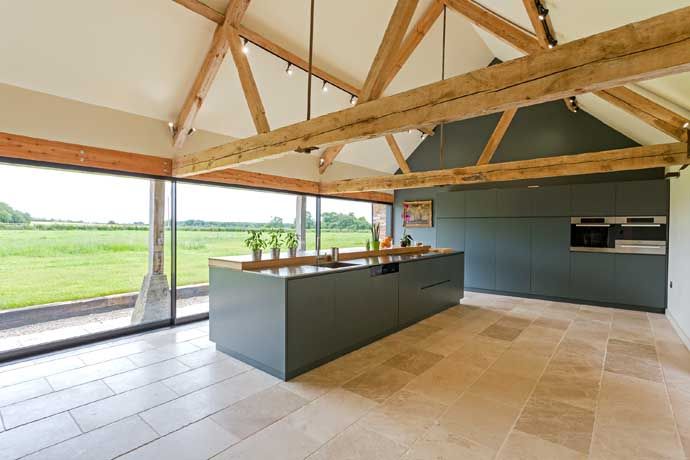SBEM Calculations For Conversions

Why Your Conversion Needs SBEM Calculations
If you need SBEM calculations for conversions, UKBC can help. All new builds need SBEM calculations. This is to make sure your building complies with Part L2A Building Regulations (England & Wales) or Section 6 in Scotland or Part F1 in Northern Ireland.
SBEM calculations are concerned with energy efficiency and are necessary to produce a Building Regulations UK Part L report (BRUKL). This is so you can obtain an Energy Performance Certificate (EPC) for the building. It’s important to remember it is against the law to rent or sell a property without an EPC. This is part of the government’s strategy to reduce carbon emissions and help businesses save money on energy.
UKBC Part L2B SBEM calculations for conversions of non-dwellings come in two stages: a ‘notional report’ and a ‘proposed report’. These reports are then compared in order to produce an up-to-date EPC for the building.
SBEM Calculation Process For Your Conversion With UKBC
- Assessing the area of the external building fabric and openings. This is particularly important in regard to demonstrating appropriate passive control measures to limit solar gains during summer periods. This will in reduce the need for air conditioning systems.
- Evaluating the building’s construction materials.
- Measuring the energy consumption of the heating systems, lighting, ventilation systems and renewable technologies.
- Creating a notional report with benchmarked data for the existing and proposed elements of the building, and a report with the proposed data for the existing building and the extension.
- Inputting data from the proposed report into SBEM calculations software in order to determine the whole property’s Building Emission Rate (BER).
- Finally, we’ll compare the BER of the proposed report against benchmarked standards; for extensions to pass the SBEM, the figures from the proposed report must be lower than the benchmarks.
Share
